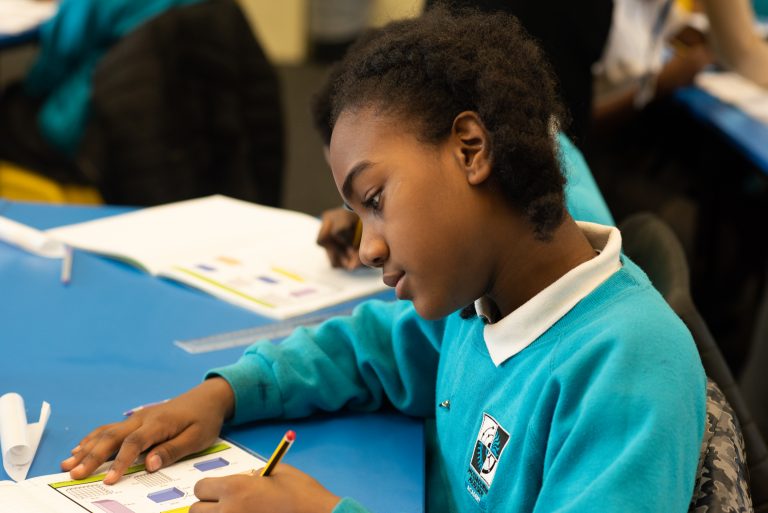
Our Curriculum's Implementation
Subject and phase leaders, at all levels, have clear roles and responsibilities within the implementation, design and delivery of the curriculum. Subject leaders are responsible for design, standards and resources. The Senior Leadership Team support subject leaders by ensuring teacher adherence to the teaching and learning policy.
Regular training (CPD), on the content and delivery of the curriculum, is planned within the academic calendar. Through the use of careful monitoring and evaluation, leaders identify any additional or individual training that may be required. The sharing of good practice and subject knowledge is systematically planned for and encouraged.
We plan our curriculum in three phases:
Long term planning (subject leader): the sequence of key constructs for each year group, for each national curriculum subject
Mid-term planning (subject leader): a unit of work, covering key constructs, taught over a given number of lessons
The unit will outline expected learning, prior learning and future learning. Suggested teaching strategies may also be included at this level.
Short term planning (teacher): weekly planning of lessons designed to facilitate lesson delivery
These are in flipchart format, for direct use on classroom interactive whiteboards, supported by annotation to schemes of work, where necessary.
The monitoring of the curriculum is undertaken as follows:
- Weekly ‘book looks’, planning checks and learning walks
- Regular in-depth lesson observations
- Tri-weekly standards checks to assess the links between planning, the curriculum and expected outcomes
- Half-termly School Improvement Partner (SIP) visits and pupil conversations
- Assessments
In order to implement each area of the curriculum we have embedded well-designed schemes of work which support our teachers in the delivery of excellent lessons, day to day. The core curriculum approaches as listed under each subject.
Teachers at MPA uses both formative and summative assessment to assess how well pupils have mastered key constructs. Formative assessment is ongoing, while summative involves more formal assessment, which may include testing.
Teachers undertake ongoing, formative assessment through the careful observation of pupils in class, including the use of questioning, reading pupils’ work and by the marking of books. This knowledge is then used to adjust short term planning through the adaption of lessons and/or the facilitation of the appropriate, additional support to deepen pupils’ understanding.
Summative assessment is used to assess whether pupils know more, remember more and are able to do more.
Summative assessment takes the form of teacher assessment and/or formal testing. This allows teachers and senior leaders to triangulate pupil progress and identify trends within cohorts, including those identified as being specially disadvantaged and/or with SEND. Summative assessment is also used in the planning of consolidation lessons which will then form part of the curriculum. Assessments are validated via one of more of the following methods: sampling test marking; moderation and standardisation. Validation is undertaken by subject leaders, senior leaders, SIP partners and the local authority.

